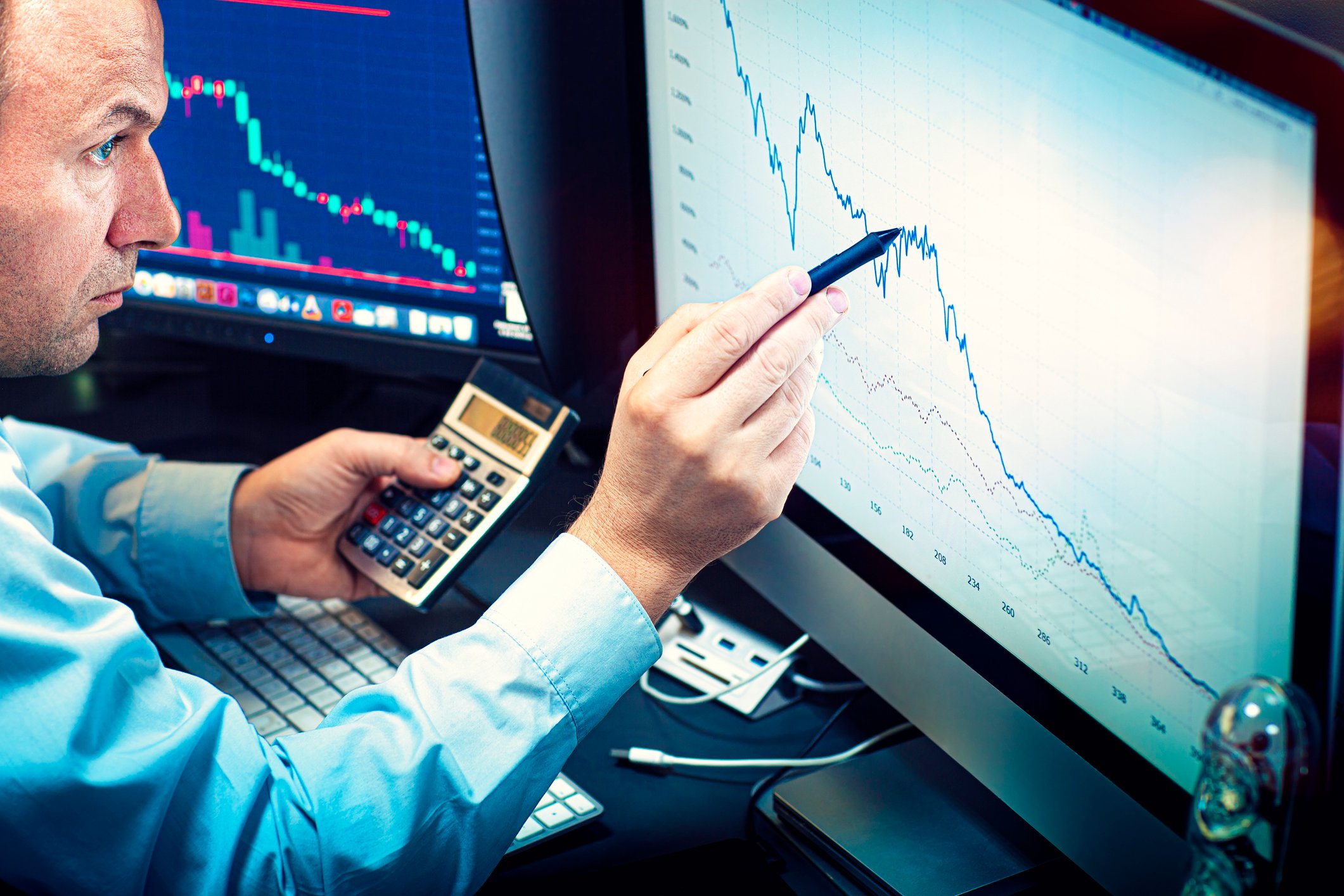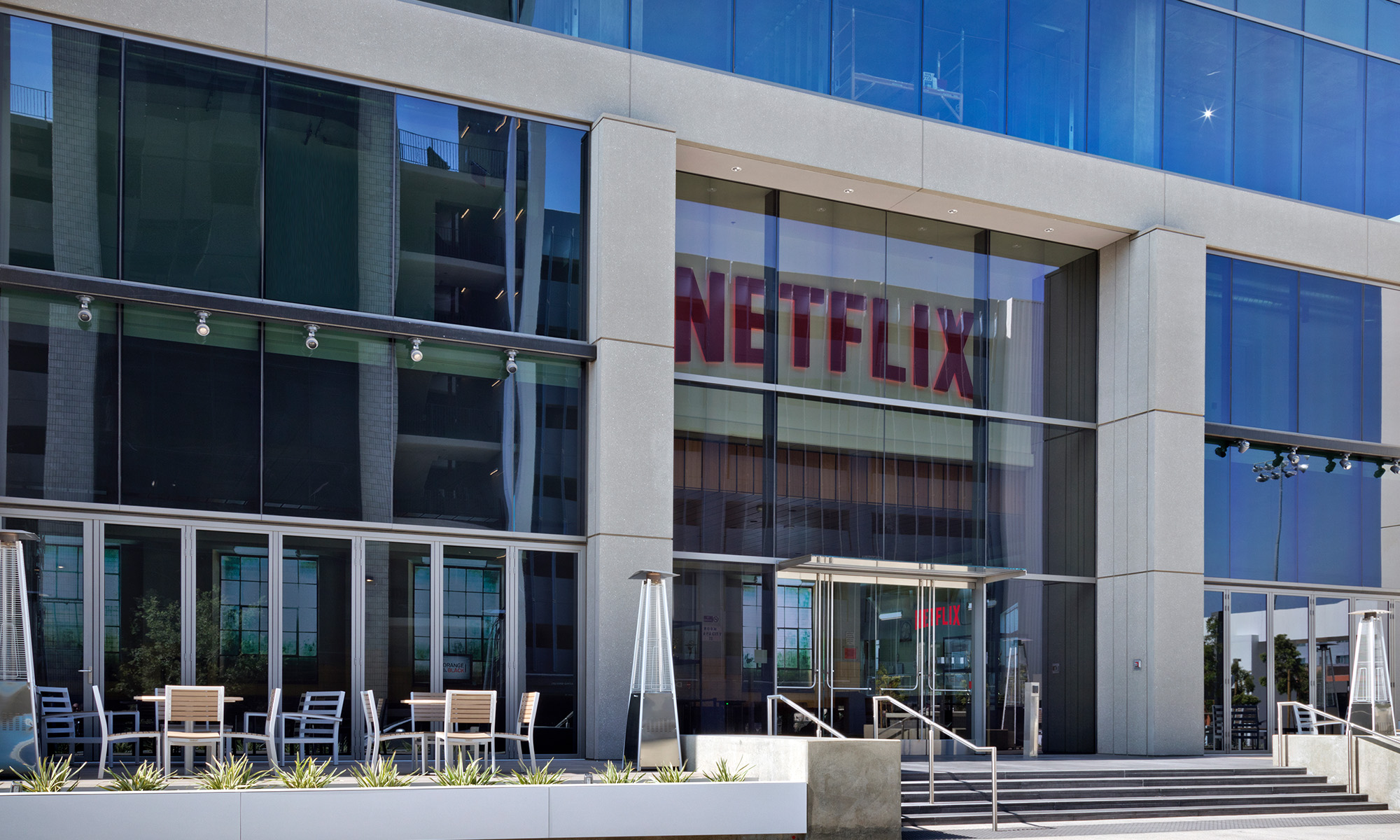Food delivery leader DoorDash filed for an initial public offering in February, which was bad timing for a listing announcement, but prescient since it would benefit from the lockdown orders that would soon follow.
While its market debut was delayed, the company still seems to be preparing for a public entrance as it raised $400 million from investors in June, valuing the business at $16 billion. With food delivery playing a leading role in the survival of restaurants during the pandemic, DoorDash could make a big splash when its IPO lands.
Yet investors might want to use caution before grabbing a slice of this third-party food delivery provider.

A DoorDash delivery scooter. Image source: DoorDash.
A great time to deliver
DoorDash certainly looks well positioned to make a public debut. It is the fastest-growing third-party delivery app and quickly grew to command the largest share of the market with 45% in June, according to analytics firm Second Measure. Uber (UBER +0.76%) came in No. 2 with 24% share with Uber Eats, while Postmates (which Uber is buying in a $2.8 billion deal) had 8%.
Grubhub (GRUB +0.00%), which recently agreed to be acquired by Europe's Just Eat Takeaway.com (TKAY.Y +0.60%) for $6.8 billion, is third with just under a 22% market share. Tiny Waitr has less than 1% share.
DoorDash has also been acquisitive, buying Caviar last year for $410 million, and it had been in talks with Uber a year ago about a possible merger. Because the industry is consolidating due to intensifying competitive pressure, buying into DoorDash's IPO may not be a good idea.
A cloak of secrecy
The tech company confidentially filed its paperwork with the Securities and Exchange Commission, an increasingly common tactic that allows a business to prepare for an IPO without having to immediately undergo the public scrutiny that typically attends to a filing.
Spotify and Slack Technologies both used the strategy to test the waters, but an IPO needn't follow. WeWork, for example, ended up declining to go public after concerns blew up about the way its business ran when it eventually disclosed more information.
And both Uber and Grubhub have also faced heightened worries about their ability to become profitable after they went public. The entire food delivery industry is built upon the question of whether it can be run profitably at all, though Grubhub has been off-and-on profitable; Waitr posted a small profit in the first quarter, and its preliminary outlook for the second shows another $8 million profit.
Profits are a secondary concern
DoorDash CEO Tony Xu told Fortune that he has prioritized growth over profitability initially, but that there is a path to achieve it. Others, though, remain skeptical as the industry has largely been unprofitable since its start.
Last year DoorDash generated an estimated $900 million to $1 billion in revenue, but still lost some $450 million, and despite the delivery app's ability to raise money from private investors, the public markets have soured on businesses that continue to generate losses.
Uber, for example, which went public at $45 per share, currently trades at $30 more than a year later. Even in a bull market for delivery, expenses eat up all of the money these companies generate, and then some. The companies have also found it necessary to be engage in heavy promotions to attract customers, further undermining any ability to generate profits.
An industry in flux
Beyond profits, food delivery companies including DoorDash have faced heavy criticism over how they charge restaurants, listing restaurants that haven't partnered with them, and how they use their drivers' tip money, which has often been opaque, though DoorDash has promised greater transparency.
And the fees the services charge restaurants can rise to exorbitant levels even if they're giving restaurants discounts during the pandemic.
DoorDash has partnered with major chains for delivery, including Chick-fil-A, Chipotle Mexican Grill, and McDonald's. It has also expanded beyond just food delivery to groceries and other goods, like non-prescription medicines through its partnership with CVS Health.
Yet the other players are expanding beyond food as well, so the competitive landscape is only intensifying.
Wait for it to deliver the goods
Investors really don't know what DoorDash looks like under the hood just yet, but that will come as the IPO draws nearer and more details are released.
From what we do know so far about the food delivery app and the industry it leads, it is not a business that is sustainable from an investment point of view. Waiting for DoorDash to first deliver on its promise seems like a better idea.








